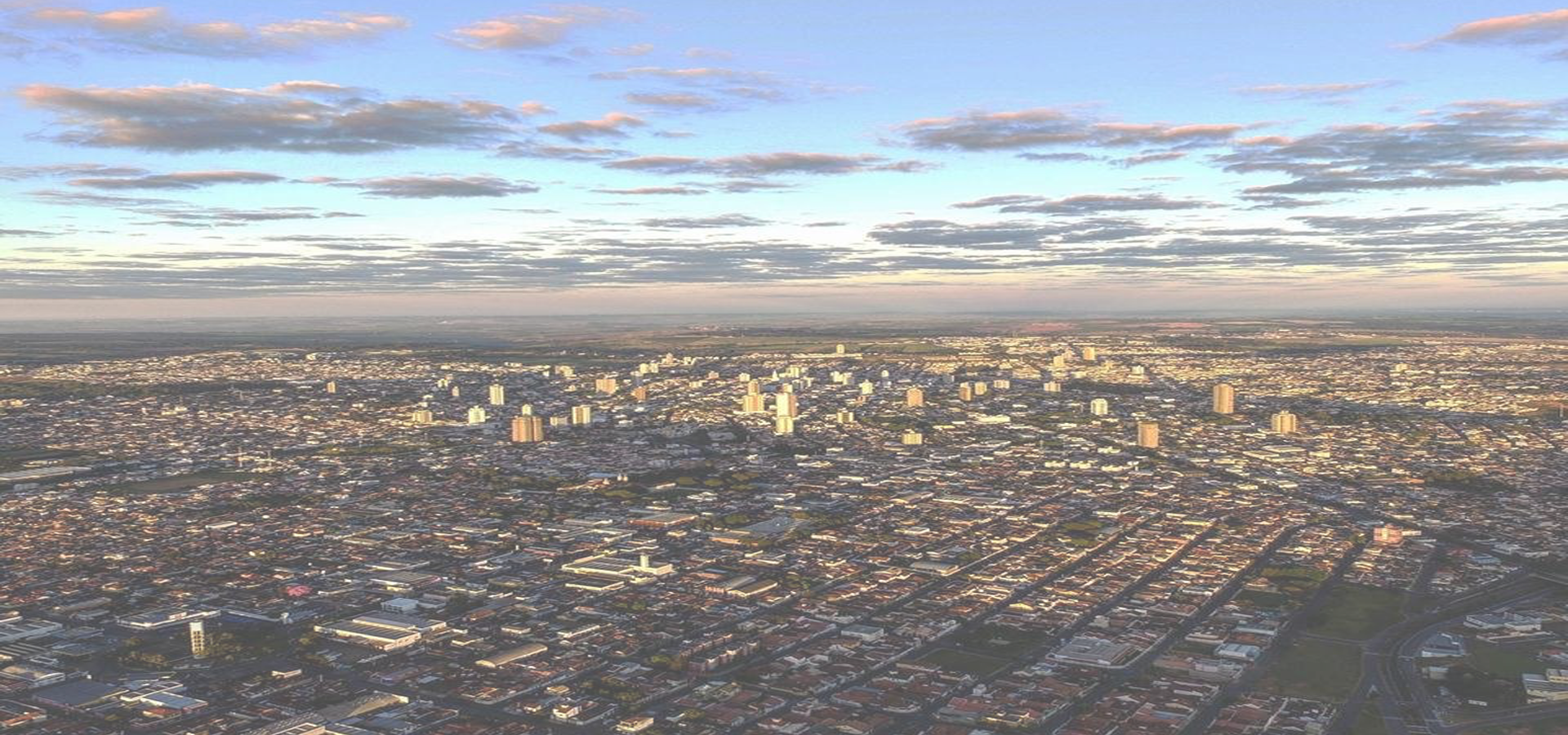Franca, São Paulo, Southeast Region, Brazil
🇧🇷 Franca is a municipality in the Brazilian state of São Paulo. It was established in 1805 as a parish within the municipality of Moji Mirim, and became an independent municipality in 1824. Franca is located in the north-eastern region of the state of São Paulo. It is the centre of the state's 14th administrative region. The municipality of Franca borders Batatais, Cristais Paulista, and Patrocínio Paulista in São Paulo state, and Ibiraci and Claraval in Minas Gerais state. The climate of the city is subtropical highland (Cwb, according to the Köppen climate classification), with dry winters and wet summers, with rains from October to March. The temperatures are mild throughout the year. In hydrography, Franca is in the Canoas River basin, and this river provides the water supply of the city.
Franca has a considerably high terrain, with an altitude of about 1,040 m above sea level. Local soils are sandy, and the vegetation is dominated by grasslands. Forests are restricted to hilly slopes.
1History The history of Franca begins with the bandeiras of Bartolomeu Bueno da Silva (The Anhanguera) in the 18th century.
During the opening of the route known as "Caminho de Goiás" (route to Goiás), new settlements were established along the route to serve as resting / stopping points for the entourages travelling along the way from São Paulo to Goiás, in search of gold.
The settlement where the city is now located was formerly known as Pouso dos Bagres (stop of the catfishes).
In 1819, Franca was visited by French naturalist Auguste de Saint-Hilaire who dedicated the following message: "The village of Franca, where I landed, is pleasantly in the midst of vast pastures, in an uncovered region, sown by bushes and cut by deep valleys. This charming village occupies the centre of a path of land, wide and rounded, on each side. bathed by a small stream. At the time of my voyage, there were only about fifty houses there, but the sites for the construction of a large number of them were already marked, and it was easy to see that Franca would not take long to acquire greatness.
The parish of Franca was founded on December 03, 1805, being part of the territory of Vila de Mogi Mirim until 1824, when it was emancipated by João VI and named Vila Franca do Imperador in honor of the Emperor Pedro I of Brazil. It received the status of city on April 24, 1856.
Around 1890, Franca was served by the Estrada de Ferro Mogiana, however, the railroad branch was deactivated after the construction of a new branch connecting Ribeirão Preto to Uberaba.
Due to the expansion of coffee production between the XIX and XX centuries, many italian immigrants settled in Franca, and the first shoe factory emerged in the late 1920s.
Franca took part in the Constitutionalist Revolution of 1932, losing six residents who fought to death for São Paulo.
1Geography Franca is located on a plateau where Serra da Canastra National Park can be sighted.
Franca is located in the north-eastern region of the state of São Paulo, the fifth highest municipality in the state with an altitude of 1,040 m above the sea level. The territory of Franca is covered by sandy soils dominated by the sandstones of Bauru, and Botucatu. Vegetation is dominated by grasses, and the forests are restricted to mountainous slopes.
The basin of Rio Canoas (Canoas River) provide water for the city and the surrounding area.
The municipality of Franca borders Batatais, Cristais Paulista, Patrocínio Paulista, Ibiraci and Claraval.
1Economy Franca is the largest footwear producer in Brazil and Latin America, housing thousands of medium and large industries, including the production of footwear components. The city houses reputed design centres intended for training new professionals to work in Brazil and abroad.
Franca is also traditionally connected to agriculture. It is located in the area of Alta Mogiana, one of the best coffee producing territories in the world, due to the abundance of purple soil, and favorable climate for cultivation.
The city houses a diversified industrial park, the production of metal, furniture, food, and beverage is very active. The industry of jewelry and diamond has been active for many years in Franca, placing the city as one of the largest diamond cutting centres in Brazil.
1Transport The city is served by Ten. Lund Presotto Airport.
1Franca, São Paulo, Southeast Region, Brazil

Franca has a population of over 355,901 people. Franca also forms the centre of the wider Franca District which has a population of over 483,383 people. It is also a part of the larger Ribeirão Preto Region.
To set up a UBI Lab for Franca see: https://www.ubilabnetwork.org Twitter: https://twitter.com/UBILabNetwork
🇧🇷 Aquidauana -20.474
🇳🇦 Otjiwarongo -20.45
🇧🇷 Votuporanga -20.425
🇧🇷 Ponte Nova -20.416
🇧🇷 Ouro Preto -20.383
🇧🇷 São Joaquim da Barra -20.587
🇧🇷 Conselheiro Lafaiete -20.65
🇧🇷 Porto Franco -47.399
🇧🇷 Paragominas -47.35
🇧🇷 Nova Odessa -47.283
🇧🇷 Indaiatuba -47.223
🇧🇷 Santa Bárbara -47.4
🇧🇷 Santa Bárbara d'Oeste -47.415
🇧🇷 Pirassununga -47.428
🇧🇷 Votorantim -47.433
🇧🇷 Porto Ferreira -47.477
🇧🇷 Imperatriz -47.478
🇧🇷 Ipixuna do Pará -47.494
Locations Near: Franca -47.4,-20.5333
🇧🇷 Batatais -47.587,-20.896 d: 44.8
🇧🇷 Ituverava -47.78,-20.337 d: 45.2
🇧🇷 São Joaquim da Barra -47.858,-20.587 d: 48.1
🇧🇷 Orlândia -47.887,-20.72 d: 54.7
🇧🇷 São Sebastião do Paraíso -46.983,-20.917 d: 60.8
🇧🇷 Ribeirão Prêto -47.82,-21.178 d: 83.9
🇧🇷 Passos -46.61,-20.721 d: 84.8
🇧🇷 Sertãozinho -48.005,-21.14 d: 92.3
Antipodal to: Franca 132.6,20.533
🇯🇵 Itoman 127.65,26.117 d: 19214.7
🇯🇵 Haebaru 127.717,26.183 d: 19213.3
🇯🇵 Tomigusuku 127.667,26.15 d: 19213
🇯🇵 Naha 127.702,26.199 d: 19211
🇯🇵 Ginowan 127.78,26.279 d: 19209
🇯🇵 Urasoe 127.734,26.254 d: 19208.3
🇯🇵 Makishi 127.667,26.2 d: 19208.7
🇯🇵 Uruma 127.85,26.367 d: 19205.6
🇯🇵 Okinawa City 127.793,26.343 d: 19204.2